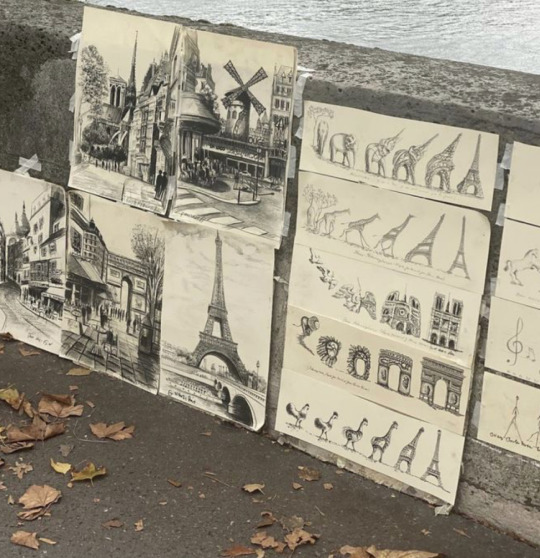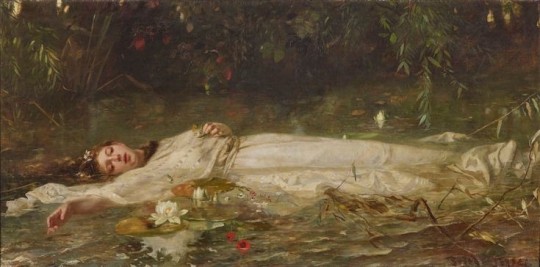#art and literature
Explore tagged Tumblr posts
Text
Contrasts of GENDRYA ;

“The Baratheon look was stamped on his face, in his jaw, his eyes, that black hair. Gendry had to be Robert's.”
“Arya had her father’s eyes, the grey eyes of the Starks.”
#arya stark#gendry waters#arya x gendry#gendrya#op#game of thrones#a song of ice and fire#asoiaf#eddard stark#robert baratheon#gendrya and art#art and literature
198 notes
·
View notes
Text


— Sadia Hakim // sadia hakim's writing journal
#sadia hakim's writing journal#writing journal#sadia hakim#dark academia#light academia#classic literature#classic academia#chaotic academia#romantic academia#poetry lovers#poetry#poems#poets#poetryfyp#relatable#art#art and literature#coffee and books
124 notes
·
View notes
Text




I fear a life of mundanity.
#my ramblings#my rambles#shitpost#evening thoughts#interesting things#chaotic academia#romanticism#dark academia#dark romantica#books and literature#classic academia#academia#existance#life#chaotic romance#chaotic mind#aesthetic#light academia#art and literature#art and culture
692 notes
·
View notes
Text

-Yobana Lemm
#artists on tumblr#poetry#frases#somos poesía#art#poemas#letras#arte#poems and prose#poems on tumblr#frases tumblr#books and poetry#poems and poetry#poems and quotes#sad qutoes#sad poetry#books & libraries#frases de libros#citas de dolor#notas de dolor#frases de amor#art and literature#poems and words#citas de libros#amor y dolor#dolor#poesia#versos tristes#versos#llorar
71 notes
·
View notes
Text

𝐄𝐝𝐮𝐚𝐫𝐝 𝐆𝐨𝐫𝐝𝐞𝐞𝐯: Rainy Street Corner
* * * *
Rain By Jorge Luis Borges Translated by AZ Foreman
The afternoon has brightened up at last For rain is falling, sudden and minute. Falling or failing. There is no dispute : Rain is a thing that happens in the past.
Who hears it fall retrieves a time that fled When an uncanny windfall could reveal To him a flower by the name of rose And the perplexing redness of its red.
Falling until it blinds each windowpane, Within a suburb now long lost this rain Shall liven black grapes on a vine inside
A certain patio that is no more. A long-awaited voice through the downpour Is from my father. He has never died.
[Art and Literature]
#Art and Literature#poetry#AZForeman#Jorge Luis Borges#Eduard Gordeev#Rainy Street Corner#rain#metaphor
12 notes
·
View notes
Text


Newest bookmark,
"Keepers of realms/ Queens of underworlds"
#art#artists on tumblr#art is poetry#poetry is art#traditional art#artist#artwork#bookmarks#bookmark#book#books#poetry book#volcano#fire tamer#fire walker#mermaid#water lady#ocean#female artists#female writers#artists community#artists corner#art is my therapy#art is life#need to heal#healing journey#healing#youtube#art and poetry#art and literature
7 notes
·
View notes
Text

#poems and poetry#poems and quotes#writeblr#poetry#dark aesthetic#poemsdaily#words#original poetry#dark acadamia aesthetic#writerscorner#poetry community#poetry corner#viralpost#quotes#dark poetry#poetry quotes#art and literature#writing poetry#poem#poets of tumblr#writing blog#original writing#spilled words
10 notes
·
View notes
Text

sneak peek at some merch we’re making for the zine! fun, girly, handmade and fitting perfectly within our DIY theme 💌⭐️ you know you want some. follow us on instagram or subscribe to our newsletter to get updates on when merch drops!
#multimedia#y2k#zine#dreamcore#girlhood#art and literature#print magazines#merch#independent zine#fashion#fashion design
19 notes
·
View notes
Text









death will come for us; it is inevitable.
old bones, daniel lieske | state of siege, albert camus | vergil | the creation of adam, michelangelo buonarotti | last words, louis XIV | the unabridged journals of sylvia plath, sylvia plath | ophelia, friedrich heyser | the chronology of water: a memoir, lidia yuknavitch | antony and cleopatra, william shakespeare
#on death#webweaving#web weaving#on life#poetry#quotes#art and literature#i gave web weaving another go#its so much fun#hehe
65 notes
·
View notes
Text
~ إياك أن تخسر امرأه رأت كل عيوبكَ وما زالت تُحبك 🖤
~ اس عورت کو کبھی مت کھونا جس نے تمہارے سارے عیب دیکھے ہوں پھر بھی تم سے محبت کرے..!!!

#art and literature#poetry#books#love#poem#bookworm#author#art#reading#writing#english literature#english#english lit student#love lines#urdu love quotes#self love#love quotes#lovers#love quote tumblr#love quote life quotes#literary quotes#literature#literary#literature posts#urdu stuff
18 notes
·
View notes
Text

Una and the Lion
Artist: Briton Rivière (British, 1840–1920)
Date: 1880
Medium: Oil on canvas
Description
Una and the Lion is a painting based on the epic poem "The Faerie Queene" by Edmund Spenser.
#painting#art and literature#una and the lion#oil on canvas#fine art#oil painting#artwork#woods#literary scene#literary character#woman#lion#dog#gown#british culture#british art#briton riviere#british painter#european art#19th century painting
60 notes
·
View notes
Text
But, you can't simply spend your whole life waiting for a miracle to happen, a person to appear, and a hand to hold.
— Sadia Hakim


#sadiahakim#writers on tumblr#aesthetic#books & libraries#cottage garden#dark academia#cottagecore#light academia#books#art and literature#lost love#original writing#art#quotes#writing journal#Poetry journal#stationery
72 notes
·
View notes
Text
I ADORE characters that just have something subtly wrong with them. Just the slightest thing that makes them uncanny, like they don’t belong in that world.
Like how the Darkling has looked 17 for centuries.
Or how Miguel has claws instead of spider grip.
Or how Nimona’s eyes reflect light like a cat’s.
Or how Connwaer never got sick.
Or Achilles hair being gold while everyone else’s was brown.
You know, just little things that’s say “this one is different. This one is not like us.”
#across the spiderverse#nimona#grishaverse#the darkling#miguel o'hara#achilles#song of achilles#the magic thief#connwaer#character design#art and literature
82 notes
·
View notes
Text
Just a little opinion piece revisiting my Master's subject of ancient Pastoralism and comparing it to Cottagecore.
21 notes
·
View notes
Text

August, from The Procession of Months (c.1889). All the poems were written by fifteen-year-old Beatrice Crane and illustrated by her acclaimed artist father, Walter Crane.
info via publicdomainreview.org
art via pinterest
text id under cut-off
[text ID: "Before the heat of day
All in the misty morn,
Comes AUGUST with her gifts
To men, of yellow corn,
With shining hair bound up,
And deep blue misty eyes,
And lips the colour of
The poppies that she ties:
Her soft maize-coloured robe
Doth flutter to her feet;
Her lap is full of corn
And summer flowers sweet.
Her hands with poppies filled,
Of glowing scarlet hue,
Bound up together with
Fair cornflowers of blue
And now the corn is gathered
And 'neath the setting sun,
With lovely light above the hills,
She knows her time is done."]
#walter crane#beatrice crane#poetry#poem#arts and crafts movement#art and literature#vintage illustration#the golden age of illustration#golden age of illustration#victorian art#1880s#1880s illustration#illustration#illustration art#art#art and poetry#book illustration#victoriana#1880s art#english art#english artist#british art#british artist#19th century art#19th century illustration
61 notes
·
View notes